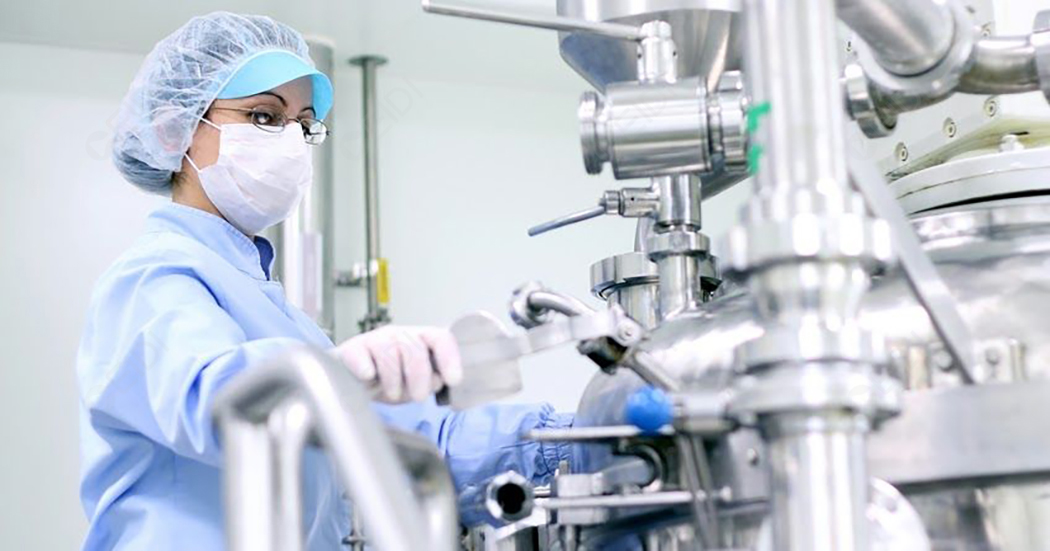Welcome to the official website of Xidi laboratory, the laboratory design and decoration recognize Xidi!
|
|
Home >> News >> Technology
文章出处:Technology|阅读量:805|发表时间:2021-03-12
On the basis of natural water quality transformation and aquatic ecological process mechanism, study the principles and technologies of water quality and water ecological restoration in river basins, establish water restoration technology focusing on drinking water sources; address the safety issues of drinking water and water recycling and use biological toxicity The goal is to reduce and protect the ecological integrity of water, develop new technologies and new processes that strengthen the adsorption and desorption of pollutants, catalytic redox, coagulation, biodegradation, and separation efficiency, and build high-efficiency water treatment technology systems for different water purification goals. Based on the establishment of a theoretical and technical system for drinking water, water recycling, and natural water quality and ecological health protection, research on these contents is the experimental direction of water quality testing laboratories, and it also shoulders major responsibilities for the national economy and people’s livelihood. The test results are slightly less. Deviations can cause serious consequences. This article will follow CEIDI Xidi to learn about the relevant knowledge of the water quality testing laboratory.

At present, my country's water quality testing laboratory is established under the premise of drinking water safety technology and optimized management in the face of multiple water sources, micro-pollution and global changes. Undertake the responsibility of solving national and regional water pollution and water safety problems, and will also actively undertake national and local scientific research tasks. Some institutions are also combined with multidisciplinary research topics. This requires that when we build the laboratory, it is no longer just a traditional combination of one room + several testing instruments. The expansion of the detectable range also indicates the improvement of laboratory functions and the increase in complexity of construction.
Items that can be tested by the water quality testing laboratory
The specific surface area of the material; Atomic force microscope characterizes the surface of the water treatment membrane; common pesticides, antibiotics, fluoride ions, chloride ions, nitrate, sulfate, mercury, arsenic, antimony, thallium, deltamethrin and total organic carbon are common in water.
Let's take the large-scale prefecture-level water quality testing center as an example. The designer needs to plan the following functional laboratories and supporting facilities:
1. Sample room: 35-40 square meters;
2. Physical and chemical room: 40 square meters, with two organic rooms (including two weather chromatographs and one gas-mass spectrometer, about 40 square meters, and organic matter detection pretreatment room about 40 square meters);
3. Air source room: water supply organic room, inorganic room large equipment gas (helium, nitrogen, argon, compressed air, acetylene, etc.);
4. Inorganic room: (including atomic absorption, atomic fluorescence photometer, about 40 square meters, plasma mass spectrometer, about 25 square meters, and cooling water equipment about 15 square meters);
5. Ion chromatography room: about 20 square meters;
6. Liquid phase room: about 20 square meters;
7. Temperament room: about 20 square meters;
8. Spectrophotometric room: about 20 square meters;
9. Balance room: 15-20 square meters;
10. Radioactive room: about 15 square meters;
11. Pretreatment room: about 20 square meters;
12. Pure water room: about 20 square meters;
13. Glass warehouse: about 20 square meters;
14. Inorganic drug warehouse: about 15 square meters;
15. Organic medicine warehouse: about 15 square meters;
16. Biochemical room: Including pretreatment room about 20 square meters, culture room about 20 square meters, sterile room about 15 square meters (cleanliness level 100 is required), and microscope room about 20 square meters;
17. Office function area: the stationmaster’s room is about 20 square meters, the office area is about 60 square meters, the archives room is about 15 square meters, the dressing room is about 15 square meters, the meeting room is about 40 square meters, and the activity room is about 40 square meters;
18. Toilets: should be set up on each floor, separated by men and women.
Of course, planning and designing functional rooms according to the laboratory scale and testing content is the specialty of every professional clean engineering designer. There are also relatively small-scale water quality testing and experimental institutions whose composition is relatively simple. The designer may plan several functional areas such as sample preparation room, article storage room, comprehensive physical and chemical room, precision instrument room, balance room, biological testing room, and auxiliary cylinder room, which are also sufficient to undertake organic analysis, inorganic analysis, interface characterization and other testing content . The waste water monitoring process will be carried out in a fume hood, and other HCI gases generated during the experiment are collected by the fume hood and then discharged through the exhaust tube.
In short, based on CEIDI's experience, our design must be based on actual functions and capital budgets, and on this basis, we will give full play to the designer's experience advantages, so as to integrate functions to save energy and environmental protection. Professional design is of positive significance to the construction of professional systems such as subsequent decoration construction and ventilation, electrical and mechanical heating, ventilation, fire protection, automatic control, electrical, weak current, and process pipelines.